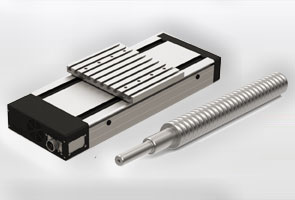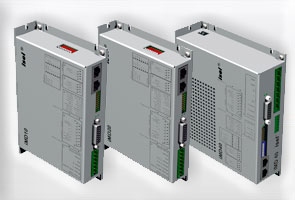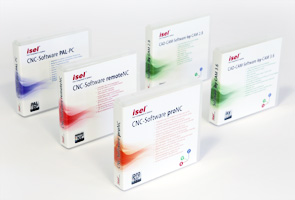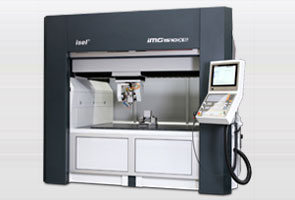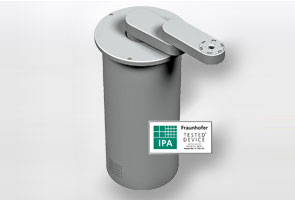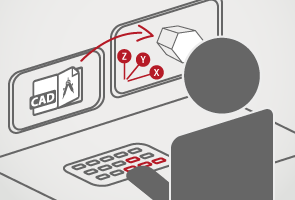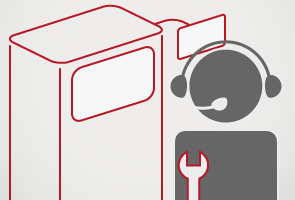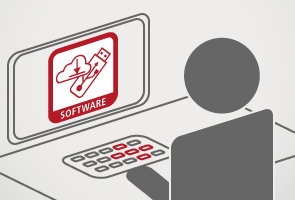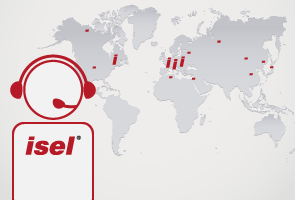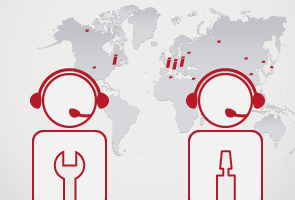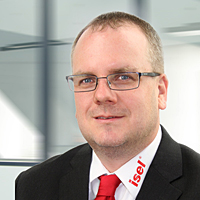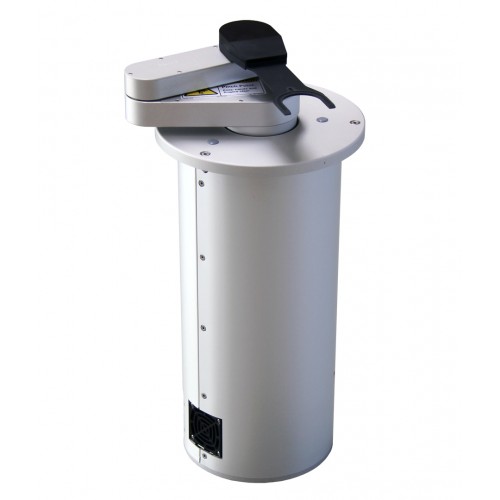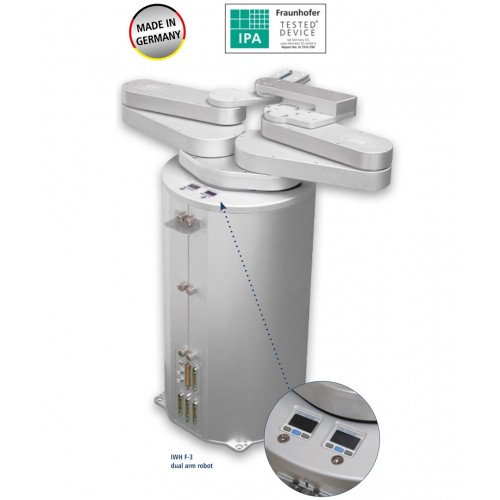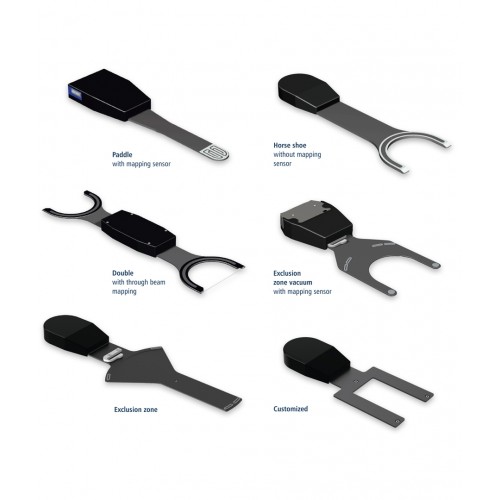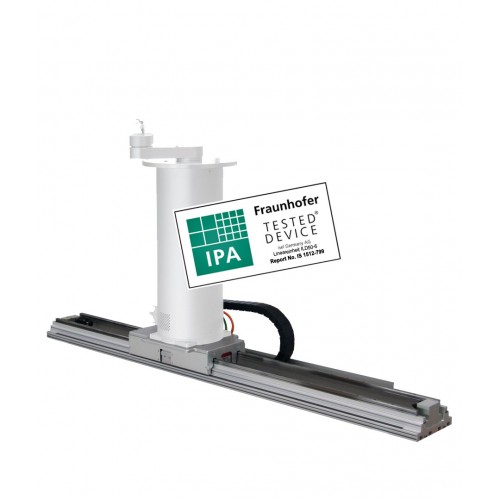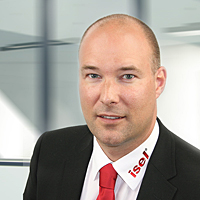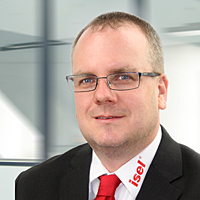Wafer handler in practice
1. What accessories are there for Wafer Handling robots?
In addition to the wafer handlers, some additional components are required for industrial wafer handling. The end effector is the most elementary component since it touches the substrate directly as an attachment of the wafer handler. With the constantly increasing requirements of the semiconductor industry, end-effectors are increasingly becoming a customer-specific solution. That is why we at isel offer our customers not only a standard assortment but also individual end effector solutions. Different Logosol pre-aligners, manual control units and project-specific accessories are also used. isel customers receive Logosol pre-aligners in different versions and for different application areas, for example very economical one-axis Logosol pre-distributors or absolute special solutions for edge handling. Modern hand-operated devices are also available from us. In robotic accessories, we advise you individually to avoid any possible disturbances in the ongoing project from the outset and offer Logosol pre-free handling tests with Logosol pre-aligners or end-effectors.
2. What are the features of a good wafer handler?
A good wafer handling robot is characterised not only by application-specific properties but also by:
- Quiet running
- Precision
- Long life
- User-friendliness
Equally important are comprehensive service and support services and good availability on the part of the manufacturer in the case of possible accidents. To ensure consistent production and maximum machine throughput, we offer our customers, in addition to first-class robots for the semiconductor industry, extensive weekend support and ongoing project support.
3. How durable are wafer handlers?
With daily use, isel handling robots are designed for at least 7 years. If a wafer handler is regularly maintained and not fully loaded, the service life is significantly longer and it can last up to 15 years. If mechanically stressed parts show the first signs of wear and the robot no longer works precisely and quietly, it is time for refurbishing. In doing so, all parts are tested for damage and, if necessary, replaced in consultation with the customer. The controller is updated to the latest hardware and software version. The handling robot is thus ready at a fraction of the original price for the next few years.
4. How high is the average machine throughput of wafer handlers?
The question of throughput can not be answered on a general basis, since this is influenced by many different factors. The substrate to be transported, the end effector used and the size of the robot play an important role. This is why we offer all customers a free cycle time study in order to determine the throughput times individually in advance of a project.
5. How are handling robots installed?
Generally the installation of the wafer handling robot is very easy to handle. An isel robot is delivered with detailed installation explanations which provide information about the relevant installation parameters and the necessary cabling. Should you still have any questions, our service team will be delighted to help you.
6. What is the energy consumption of a wafer handler?
The energy consumption of a wafer handling robot is very low compared to most energy-consuming processes in the semi-conductor industry. Depending on the mode used and controller, it is between 300 and 500 watt
7. How precise are wafer handling robots?
In principle, all isel robots feature high repeatability and have been appreciated by our customers for years because of their excellent processing and excellent running stability. The specifications for the different models can be found in the relevant data sheets.
8. How do you clean handling robots of wafers?
Since the robots work in a clean room environment, they are thoroughly cleaned up by the isel quality assurance after the final inspection and before packaging in antistatic film. To eliminate any contamination caused by the installation of the system, the part of the robot, which is located in the very clean working area (mini environment), is carefully cleaned before the system is put into operation with isopropanol and special lint-free cloths.
9. What do wafer handlers cost on average?
The most economical wafer models are 3-axis robots with small range. The more axles the robot has, the further its range or the handling weight, the greater the production effort and the associated purchase cost.

